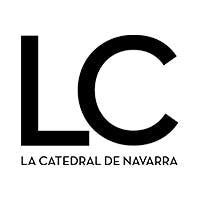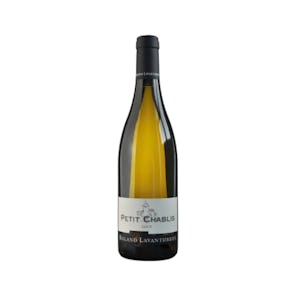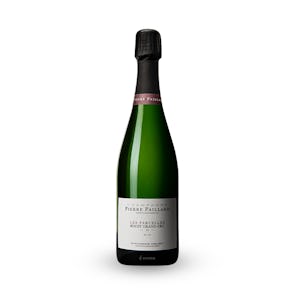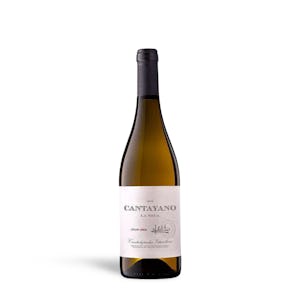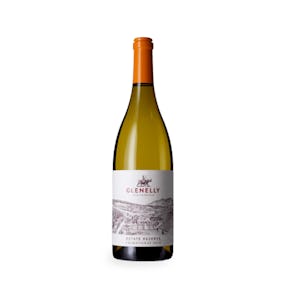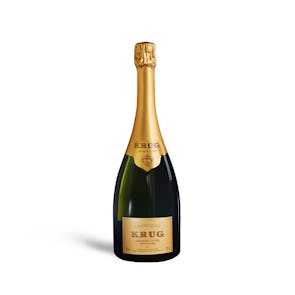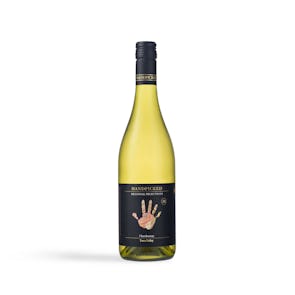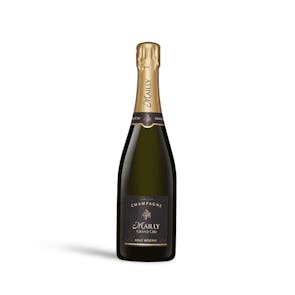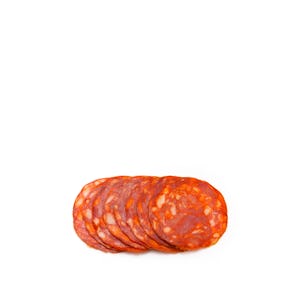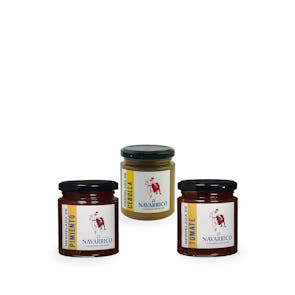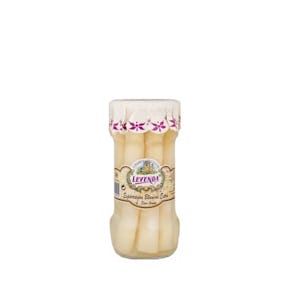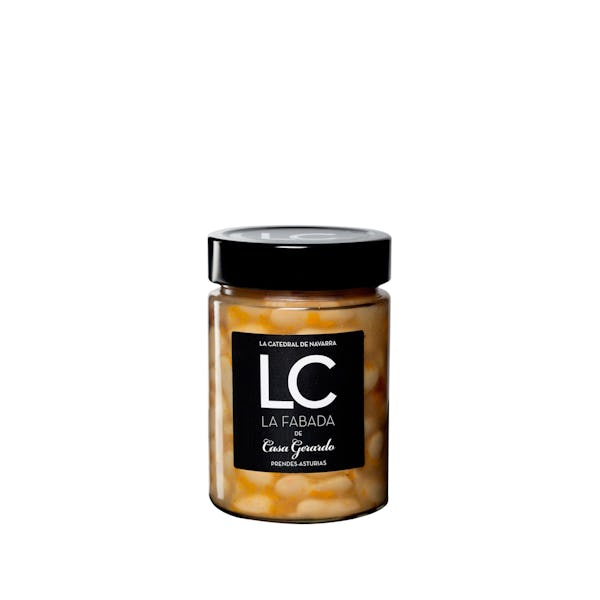
TASTING NOTES FROM THE CURATOR
Fabada is an Asturian classic, a hot and heavy dish commonly eaten in the cold winter months. It’s made of butter beans stewed with chorizo and morcilla sausages, pork shoulder, slab bacon, and a few other cuts of Asturian pig. The fabada has a comforting heat to it, peppery and not quite spicy, but warming from throat to belly.
While most fabada in Asturias is considered rustic and robust across the board, Casa Gerardo’s version is lighter and more delicate, with a buttery, nutty flavor. It has been on the menu of Casa Gerardo for nearly all 140 years of the restaurant’s existence, making it truly a regional treasure. Those in the know consider it the best fabada in Spain.
PREPARATION OR PAIRINGS
Fabada can be eaten as a starter—a light accompaniment to breakfast—or, as the Asturians prefer, a hearty, heavy lunch. Traditionally, it’s eaten with compagno (country-style spiced sausage) and croquetas. Because of its heavy heat, this dish requires equally weighty wine for company, like a Tempranillo or any other blend of Ribera del Duero DO grapes. And if wines are too rich for your chosen mealtime, a crisp cider makes a fine autumnal-tasting partner.
To prepare the Fabada, warm the jar in a bain-marie or heated bath so as not to break the beans, pour the contents into a saucepan and heat over a high flame. Do not microwave.
WITH LOVE, FROM NAVARRE
From mothers and grandmothers preserving vegetables, pâtés, and casseroles for their children during the last century’s Civil War, to preparations to make the bounty of a harvest last through several seasons, the people of the Navarre riverside took their communal work seriously. When Petra Lopez started a small jar-sealing business in Mendavia, her entire family pooled together to obtain the best vegetables and other foodstuffs that they could preserve—all in the Asturian tradition. And that is how La Catedral de Navarra was born.
Storage Instructions
Store in a cool dry place.

